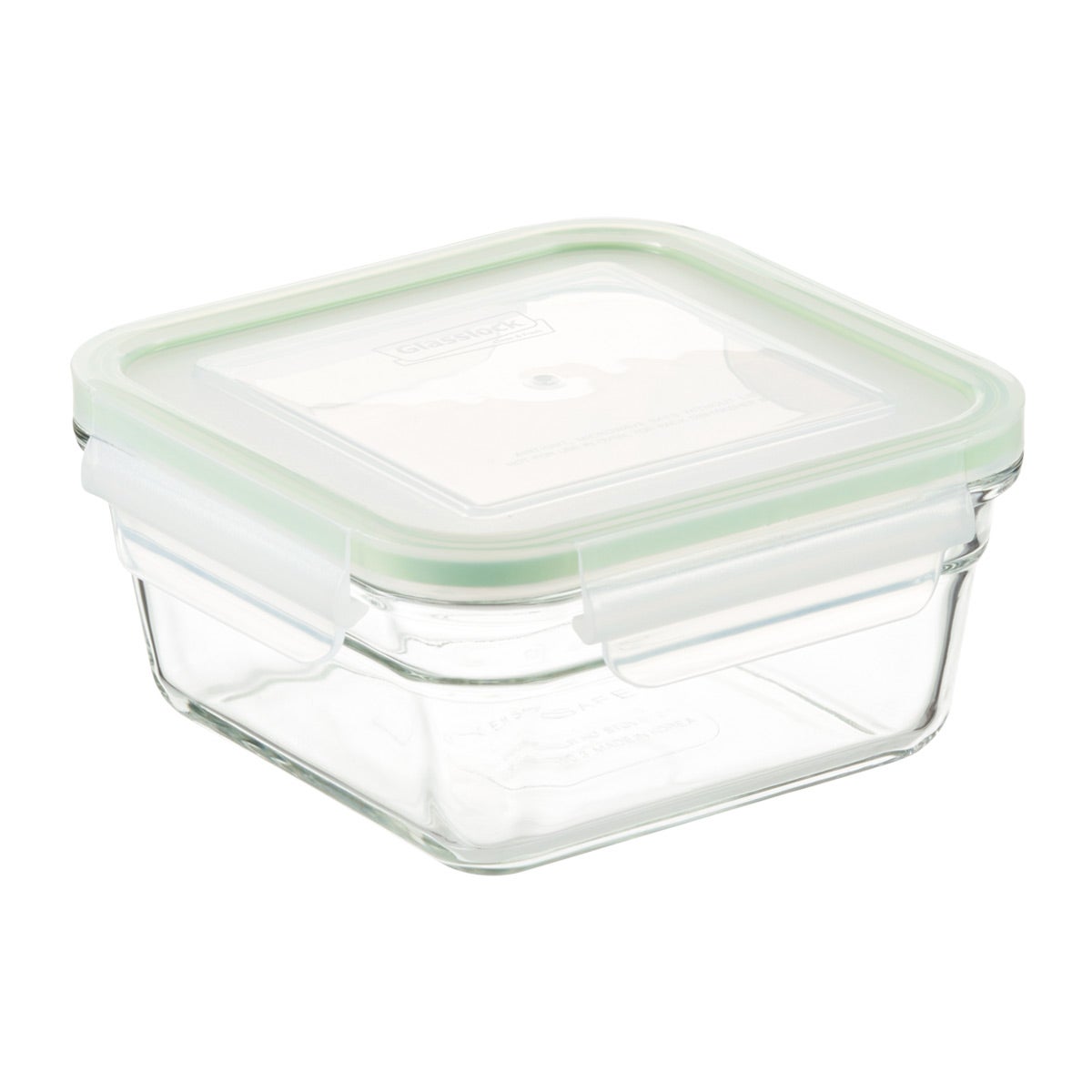Hello everyone,
New year, new you!! This is the time were everyone is set to hit the gym, get better at managing their money, find love and even a new job! but... what about the environment? Have you set any goals to reduce your
carbon footprint ? (NEWS FLASH: You don't even need to do any math)
These are some BOLD ideas on re-using for 2020 which I intend to follow:
1. - Remember all those times that you did not needed a bag but the cashier put your things in a bag and just to be polite you did not say anything? Well...
Wild thought #1: Learn to say to the cashier beforehand: "I am strong and independent child adult that does not need a bag to move these items that soon will be devoured while watching Netflix", or just "hi, I don´t need a bag"
We should be polite but also aware of what we are doing: You have two small items, do you really need a bag, really?... really??
But let's just say that you need a bag. This situation brings me to my second point:
2. - Remember that plastic bag that holds the other plastic bags you got at the supermarket and now it is called "The bag of bags"?
Here is wild thought #2: Why not make "the bag of bags" slimmer and re-use those PLASTIC bags?
Let that sink in for a minute: Why is this not a thing? This is the greatest, cheapest and best way for you to reduce your carbon footprint. Let's go to reasons:
A.- These bags are handed to you, for FREE. Which means you really don't need to buy a re-usable bag to have a bag you can re-use...
In fact there are studies (
Click here to be wiser! or
here) on how your reusing habits and the materials of your reusable bags are more harming to the environment than the mistakenly known as "single-use" plastic bag (it is just a name, not a characteristic)
B.- A handle broke? What about a hole in that plastic bag? That sucks! but, did you know you can recycle those bags in the grocery stores where you got them? WAIT, so.. I can use it many times and if it breaks, I can recycle it so they can make other products? Hm... it sounds like a win-win to me, again. Reusable bags, although sturdier, face a bigger challenge on the recycling scheme due to the material they are made of.
C.- Plastic bags are thinner than actual trash bags, which means that trash bags are more damaging to the environment, and also they cost you money...
YOU+FREE BAGS+REUSING+RECYCLE=ALL-WIN
D.- Do you have PAPER bags at home? Re-use them, too! Have you ever thought how you can actually use the paper bag as actual paper or even as a gift wrap? Yeah! Just turn the bag into a sheet again, cut the sections you will use and there you go: a REUSED, RECYCLABLE, FREE gift wrap.
My personal advice: I am not discouraging to use your reusable bag if you have them already. Please do, otherwise they are not accomplishing their goal, but be conscience of your options before taking action. Do not go for paper bags: They require more energy to be manufactured than plastic, consume more gas in transportation and substantially more water to produce them. Also, they are clearly not designed to be reused.
Knowledge is power!
3. - Remember all those times that you were at a restaurant and clearly got defeated by the size of your meal? Probably you asked for a "to-go container" and received a white Styrofoam container (#PS-6) that now is filled with grease and cannot be recycled...Your tum tum will be happy, but mother earth will not :(
Wild thought #3: Why not bring your own "to-go" container when you go to restaurants??
Right now you must be:
- Asking yourself "Well, that is a good point, why have I not done this before?"
- Do this guy have no sense of class? Bringing his own Tupperware/Pyrex container to restaurant?
I am not asking you to bring a foot long Pyrex tray. But you can have a bag with a container in your car for casual restaurants meals. Here are good reasons:
A.- You are clearly making a small, but significant change in reducing the usage of one of the most difficult plastics to recycle
B.- You know where your container has been at all times - sort of. But, you don't know where that white Styrofoam container (#PS-6) was stored before it was handed to you... Yeah, now the idea sounds more appealing, eh?
There you go. These are 3 completely simple, but efficient ways you can help your environment.
NOW GO AND:


























